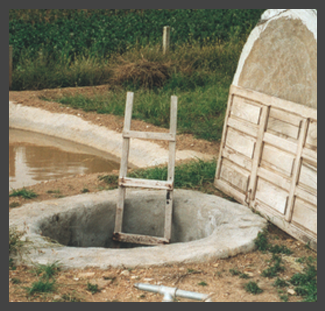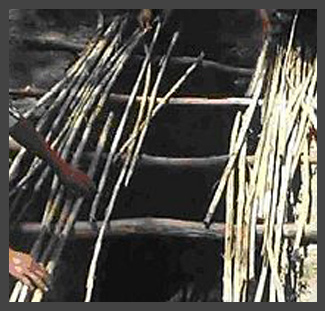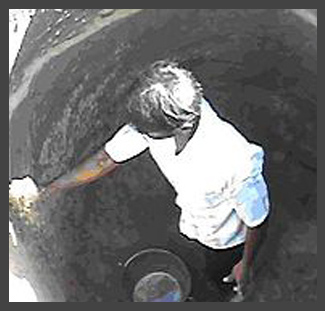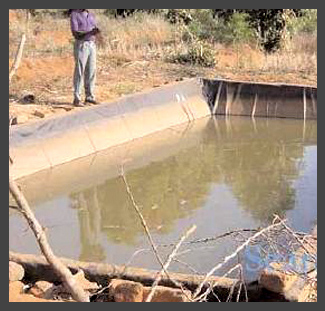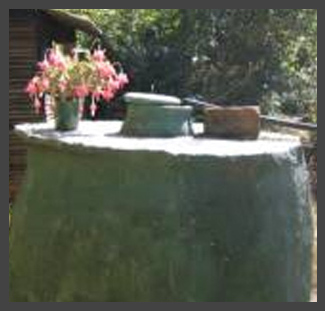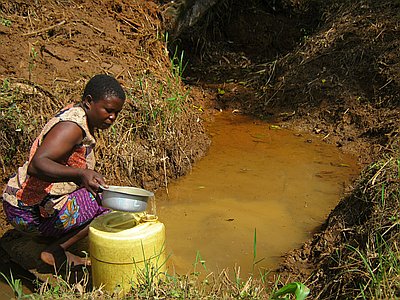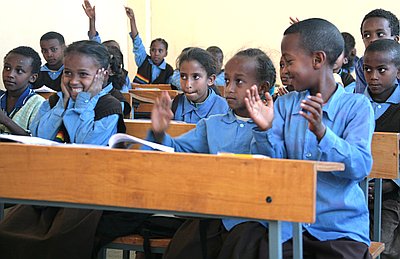Difference between revisions of "Below ground tanks"
(→Field experiences) |
(→Field experiences) |
||
| Line 35: | Line 35: | ||
|'''Akvo RSR Project:''' [http://wandelenvoorwater2014.akvoapp.org/en/project/644/ Rwenzori Integrated School WASH Project] | |'''Akvo RSR Project:''' [http://wandelenvoorwater2014.akvoapp.org/en/project/644/ Rwenzori Integrated School WASH Project] | ||
HEWASA and JESE will jointly implement this 3-years school WASH program in Kabarole district in the West of Uganda. Not only 24 schools will be supplied with WASH facilities (Rainwater Harvesting Tanks, Ecosan Latrines and Handwashing facilities) but 72 surrounding communities will be included for household latrine construction through CLTS, hygiene and health education and promotion. | HEWASA and JESE will jointly implement this 3-years school WASH program in Kabarole district in the West of Uganda. Not only 24 schools will be supplied with WASH facilities (Rainwater Harvesting Tanks, Ecosan Latrines and Handwashing facilities) but 72 surrounding communities will be included for household latrine construction through CLTS, hygiene and health education and promotion. | ||
| + | |} | ||
| + | |||
| + | |||
| + | {| style="width: 70%; text-align: justify; background-color: #f5f5f5;" | ||
| + | |[[Image:rsr 158.jpg|thumb|none|200px|<font size="2"><center>Project 158</center></font>|link=http://rsr.akvo.org/project/158/]] | ||
| + | |'''Akvo RSR Project:''' [http://rsr.akvo.org/project/158/ Rainwater harvesting for Nicolas School] | ||
| + | The project takes place in a very dry part of Ethiopia. The rainy season is short and the aim is to harvest rainwater for the children at the school to use. 80% of children at the school have parents with disabilities such as loss of arms, legs or eyesight. Water collected will be used to provide water for drinking, washing hands & sanitation. The local water supply is unreliable, and exists in unsanitary conditions. The project will copy an existing successful project at the nearby Kindergarten. | ||
|} | |} | ||
===Below ground tank links=== | ===Below ground tank links=== | ||
* VIDEO: [http://blip.tv/mobile-school-for-water-and-sanitation/tanks-underground-cistern-in-sandy-soil-2468875 Tanks - underground cistern in sandy soil.] EMAS video. | * VIDEO: [http://blip.tv/mobile-school-for-water-and-sanitation/tanks-underground-cistern-in-sandy-soil-2468875 Tanks - underground cistern in sandy soil.] EMAS video. | ||
Revision as of 04:40, 25 October 2013
One of the best advantages of underground water tanks is the space conserved by simply installing the water tank in the ground. This provides extra or larger space which may be utilized for other purposes. The underground water tank eliminates exposure to weather conditions but must lie above the water-table level. However, below ground tanks are more expensive to build. The plastic-lined tank and the ferrocement jar tank can be either above ground or below ground.
Field experiences
These projects may be utilizing below ground tanks and are part of the project listing in Really Simple Reporting (RSR) on Akvo.org.
| Akvo RSR Project: Rwenzori Integrated School WASH Project
HEWASA and JESE will jointly implement this 3-years school WASH program in Kabarole district in the West of Uganda. Not only 24 schools will be supplied with WASH facilities (Rainwater Harvesting Tanks, Ecosan Latrines and Handwashing facilities) but 72 surrounding communities will be included for household latrine construction through CLTS, hygiene and health education and promotion. |
| Akvo RSR Project: Rainwater harvesting for Nicolas School
The project takes place in a very dry part of Ethiopia. The rainy season is short and the aim is to harvest rainwater for the children at the school to use. 80% of children at the school have parents with disabilities such as loss of arms, legs or eyesight. Water collected will be used to provide water for drinking, washing hands & sanitation. The local water supply is unreliable, and exists in unsanitary conditions. The project will copy an existing successful project at the nearby Kindergarten. |
Below ground tank links
- VIDEO: Tanks - underground cistern in sandy soil. EMAS video.
